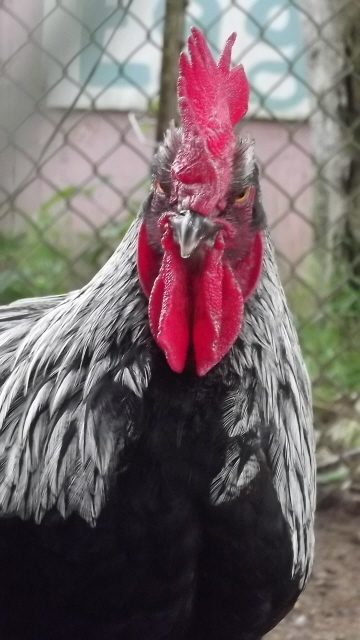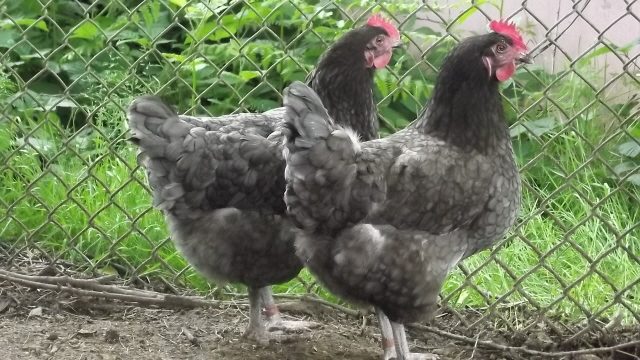Vicki~
You don't sound like a nutter, LOL! What works for you is what works for you. I have never heard of the green promoting one thing and the purple promoting another. I am going to research further so we can discuss it more. I find it very interesting.
I had girl...."Phat Sassy" who was completely green looking in the full sun and one could hardly ever see any purple-ish sheen. I always wondered why she was different. She was a Black Copper and did not show one stitch of copper. I didn't breed her or keep her around only because she had poor egg color.
Will say that I see more green sheen in my birds then I do the purple..........wonder if this has any correlation with the lack of copper I also have in them.
Maybe it does have something to do with melanizers.
Wonder what folks over at The Coop have stored away as far as knowledge on this.
Fascinating.
You don't sound like a nutter, LOL! What works for you is what works for you. I have never heard of the green promoting one thing and the purple promoting another. I am going to research further so we can discuss it more. I find it very interesting.
I had girl...."Phat Sassy" who was completely green looking in the full sun and one could hardly ever see any purple-ish sheen. I always wondered why she was different. She was a Black Copper and did not show one stitch of copper. I didn't breed her or keep her around only because she had poor egg color.
Will say that I see more green sheen in my birds then I do the purple..........wonder if this has any correlation with the lack of copper I also have in them.
Maybe it does have something to do with melanizers.
Wonder what folks over at The Coop have stored away as far as knowledge on this.
Fascinating.
Last edited:






